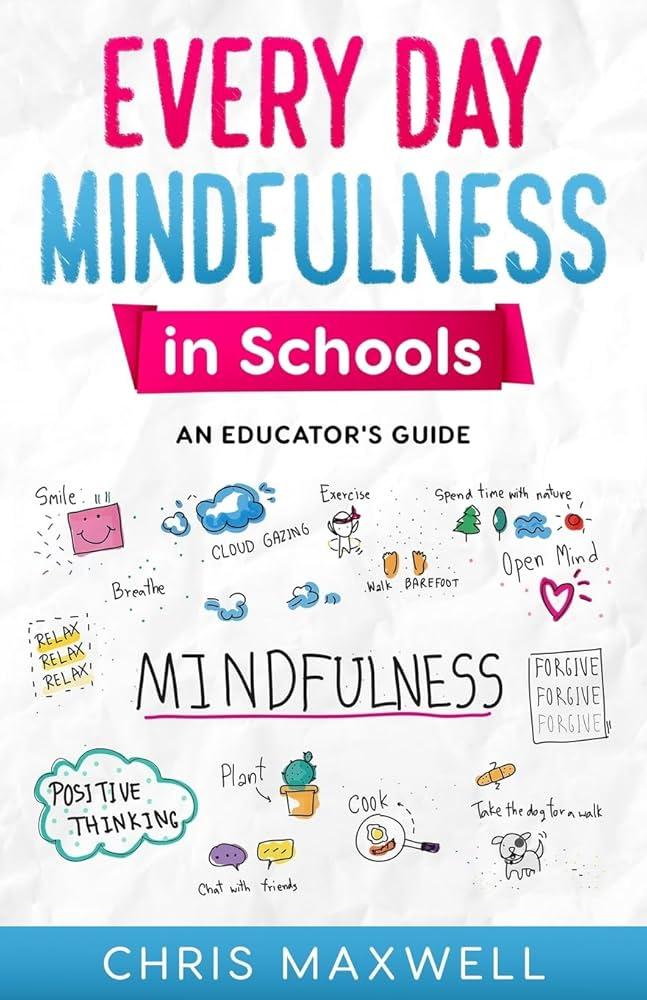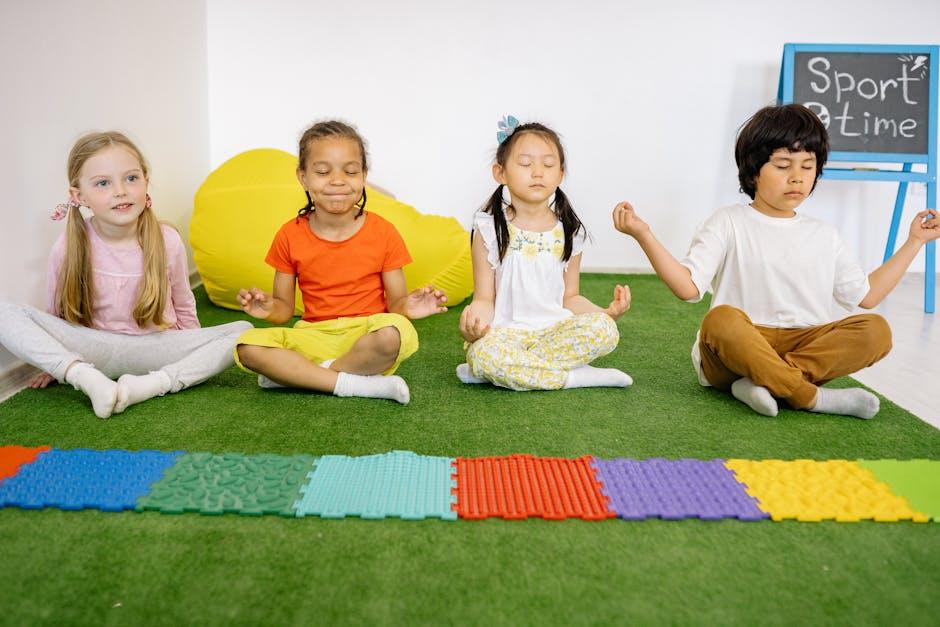In the serene silence of a classroom, where the rustling of papers and the distant hum of chatter often dominate, a new sound is emerging—a gentle invitation to pause, breathe, and be present. Mindfulness, a practice rooted in ancient traditions, is weaving its way into the fabric of modern education. With its promises of enhanced focus, reduced stress, and improved emotional regulation, it is being embraced by educators worldwide as a tool to nurture young minds. Yet, as the practice finds its place in schools, it also stirs a quiet yet profound question: Does introducing mindfulness in educational settings inadvertently tread upon the diverse tapestry of personal beliefs held by students and their families? This exploration seeks to delve into the heart of this debate, examining the balance between fostering well-being and respecting the rich mosaic of individual convictions that each student carries into the classroom.
Balancing Tradition and Innovation in Educational Practices
In the ever-evolving landscape of education, the integration of mindfulness practices has sparked both enthusiasm and concern. Proponents argue that mindfulness can enhance focus, reduce stress, and promote emotional well-being among students. However, critics caution that introducing such practices into schools might tread on the delicate line of personal beliefs and cultural traditions. The challenge lies in creating a curriculum that respects diverse perspectives while embracing the potential benefits of innovative educational methods.
Educators striving to balance tradition and innovation must navigate several considerations:
- Ensuring that mindfulness activities are presented in a secular, inclusive manner that respects all belief systems.
- Providing opt-out options for students and families who prefer not to participate in these practices.
- Training teachers to implement mindfulness techniques effectively without imposing specific ideologies.
By thoughtfully addressing these elements, schools can foster an environment where students reap the advantages of mindfulness while honoring the rich tapestry of cultural and personal beliefs that they bring to the classroom.

Exploring the Impact of Mindfulness on Diverse Student Populations
As educators increasingly embrace mindfulness practices in schools, questions arise about their influence on students from diverse cultural and religious backgrounds. While mindfulness is often framed as a secular practice aimed at enhancing focus and emotional well-being, its roots in Buddhist traditions can raise concerns about the inadvertent introduction of spiritual beliefs into educational settings. For students from various cultural backgrounds, this integration can be perceived as both an opportunity for personal growth and a challenge to individual belief systems.
- Cultural Sensitivity: Implementing mindfulness in a way that respects and acknowledges the diverse backgrounds of students is crucial. This involves understanding cultural nuances and ensuring that practices do not conflict with personal or familial beliefs.
- Inclusive Practices: Schools can opt for mindfulness techniques that are universally applicable, such as breathing exercises and guided imagery, to ensure inclusivity without compromising personal beliefs.
- Parental Engagement: Engaging with parents and communities can help in aligning mindfulness practices with the values and expectations of diverse student populations, creating a supportive environment for all.
In navigating these complexities, educators must strike a balance between promoting well-being and respecting the rich tapestry of student backgrounds. By fostering open dialogues and creating adaptable programs, schools can offer mindfulness as a tool for all students, while honoring their individual belief systems.

Guidelines for Integrating Mindfulness Respectfully in School Curricula
To ensure that mindfulness practices are integrated into school curricula with sensitivity and respect, it is essential to establish clear guidelines that prioritize inclusivity and diversity. These practices should be secular and adaptable, focusing on universal skills such as attention, emotional regulation, and stress management. Here are some key points to consider:
- Secular Approach: Mindfulness programs should be free from religious or spiritual connotations to ensure they are accessible to students of all backgrounds.
- Voluntary Participation: Allow students and parents the choice to opt-in, ensuring that participation is not mandatory and respects personal beliefs.
- Evidence-Based Practices: Utilize techniques and exercises that are supported by scientific research to promote credibility and effectiveness.
- Inclusive Language: Use language that is neutral and inclusive, avoiding terms that might be perceived as culturally or religiously specific.
- Professional Training: Educators should receive proper training to implement mindfulness practices effectively and sensitively, ensuring they are equipped to address diverse student needs.
By adhering to these guidelines, schools can create an environment where mindfulness is a tool for personal growth and learning, rather than a point of contention or discomfort.

Encouraging Dialogue Between Educators and Parents on Mindfulness
The introduction of mindfulness practices in educational settings has sparked a conversation about the balance between promoting well-being and respecting diverse personal beliefs. This dialogue is crucial for educators and parents alike, as it allows for a shared understanding of the intentions and benefits of mindfulness. Schools can facilitate these conversations by organizing open forums where both parties can express their views and concerns. Such platforms encourage transparency and ensure that mindfulness initiatives are implemented with mutual respect and understanding.
To foster a collaborative environment, consider these strategies:
- Host workshops that explain the science and objectives behind mindfulness, providing evidence-based research to support its benefits.
- Create space for feedback, allowing parents to voice their perspectives and suggest modifications that align with their values.
- Incorporate diverse viewpoints in the curriculum, ensuring that mindfulness practices are inclusive and adaptable to various cultural contexts.
By prioritizing dialogue and collaboration, schools can ensure that mindfulness practices serve as a unifying rather than divisive force within the educational community.
The Conclusion
As we close the pages on this exploration of mindfulness in schools, it’s clear that the conversation is far from over. Like a meditative breath that finds its own rhythm, the dialogue around this topic ebbs and flows, inviting diverse perspectives and sparking thoughtful debate. Mindfulness, in its essence, is a practice of presence—yet its place in the educational landscape invites us to consider the broader implications of intertwining personal beliefs with public education. Whether viewed as a tool for enhancing well-being or as a potential encroachment on individual values, its presence in schools challenges us to reflect on the balance between fostering inner peace and respecting personal boundaries. As we move forward, let us remain open, curious, and mindful of the myriad voices that contribute to this evolving narrative.
